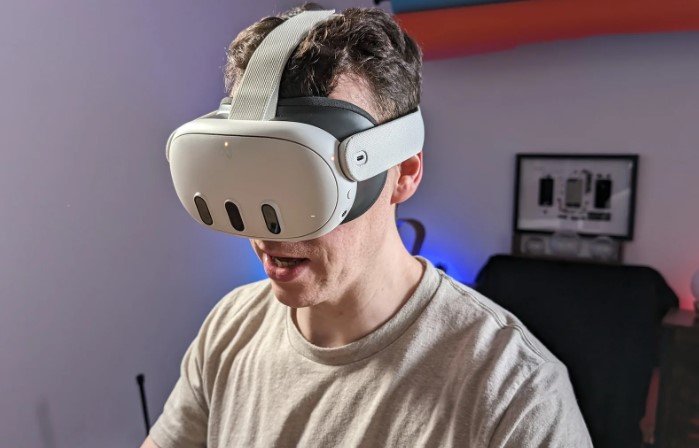In the ever-evolving landscape of virtual reality (VR) and augmented reality (AR), two tech giants are vying for dominance with their latest headsets. Apple’s Vision Pro and Meta’s Quest Pro are at the forefront of this technological showdown, offering immersive experiences that push the boundaries of what’s possible. Here’s how they stack up.

Design and Comfort: A Tale of Two Headsets
Apple’s Vision Pro introduces a radical design shift by relocating the battery to an external pack, potentially lightening the load on the user’s head. This contrasts with Meta’s Quest Pro, which opts for a more traditional design with the battery at the back of the head strap, serving as a counterbalance.
Price Point: Accessibility vs. Exclusivity
The Meta Quest Pro is the more accessible option, priced significantly lower than the Apple Vision Pro. While Meta’s offering is a premium device, Apple’s headset enters the market as a luxury item, reflecting the brand’s high-end positioning.
Features and Functionality: Navigating New Worlds
Both headsets boast impressive specs, but it’s the user interaction where they diverge. Meta retains physical controllers for navigation, while Apple bets on a controller-free experience, relying on hand-tracking and eye-tracking technologies.

The Future of Mixed Reality: A Market at a Crossroads
As these devices hit the market, marketers and consumers are weighing their options. The choice between the Apple Vision Pro and the Meta Quest Pro will shape the future of mixed reality, influencing how we interact with digital content and each other.






